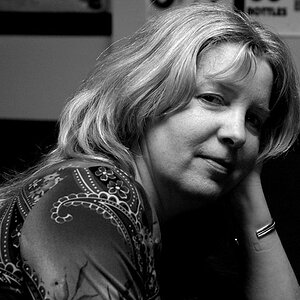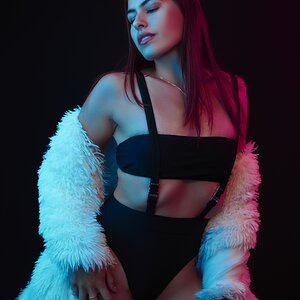yetimeister
TPF Noob!
- Joined
- Aug 11, 2012
- Messages
- 11
- Reaction score
- 2
- Location
- Indiana
- Can others edit my Photos
- Photos OK to edit
Hi guys. It might be wrong of me to be posting in a "professional" thread but I could really use the advice of professionals. I just bought my SLR about two months ago and was able to get my first shoot in tonight. Her name is Lyla, a friend of my girlfriends who has some experience modeling (figured that would be easiest with my lack of experience). Anyway we took her out into a field and nearby railroad and started shooting. Again this is my first shoot and just curious what big no-nos I need to be aware of in my pictures. These were all taken today and have yet to make any changes to them in PP. All C&C is deeply appreciated!
I know these first three are clearly over-exposed, is there a good professional way to correct this using CS6?
1.
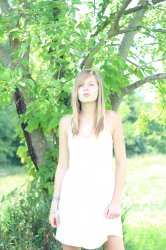
2.

3.
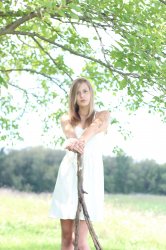
4.

I know these first three are clearly over-exposed, is there a good professional way to correct this using CS6?
1.

2.

3.

4.



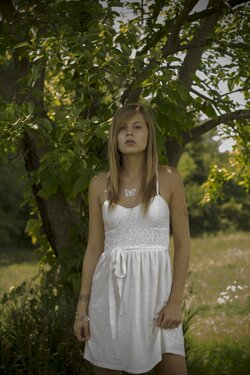

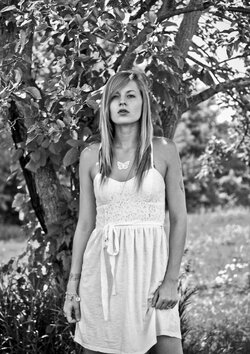


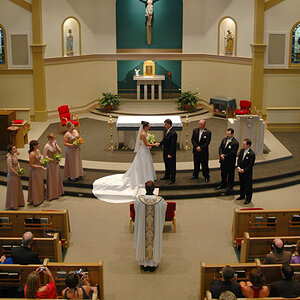
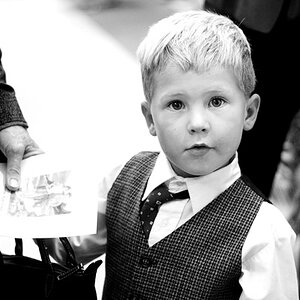
![[No title]](/data/xfmg/thumbnail/32/32699-3434a76363cb383404e00a3cd5ed5728.jpg?1619735601)
![[No title]](/data/xfmg/thumbnail/38/38261-db20f6f92ee8f0d4c5cf1536e308638b.jpg?1619738546)


![[No title]](/data/xfmg/thumbnail/37/37616-5e9d06af384cf745ad31a513e49183a9.jpg?1619738151)
![[No title]](/data/xfmg/thumbnail/35/35668-5ed46d3abc5acbedc69d68e0c3a2173a.jpg?1619737090)
